Those who shaped IHES
The Institute has been shaped by the personality of every one of its directors and permanent professors.
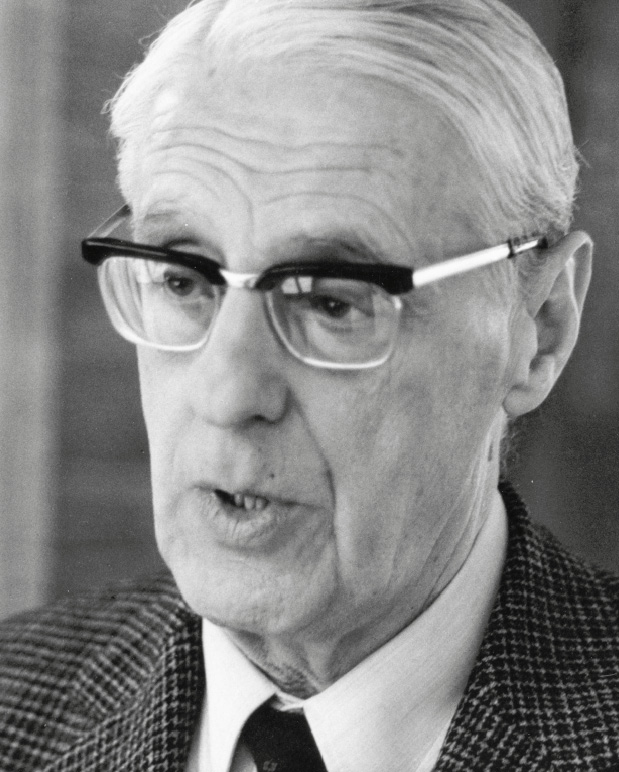
1958-1971
A Russian business man, Motchane was passionate about mathematics. His extensive network meant that he could invite the first foreign researchers to the Institute and provide a firm foundation for its future development.

1958-1964
Dieudonné was a specialist in group theory, topology and functional analysis. He was the great “scribe” of French mathematics, writing the works of Bourbaki and Alexander Grothendieck’s "Éléments de Géométrie Algébrique". He became actively involved in inviting the first visiting mathematicians to IHES, and also in early work for the "Publications mathématiques de l'IHES".
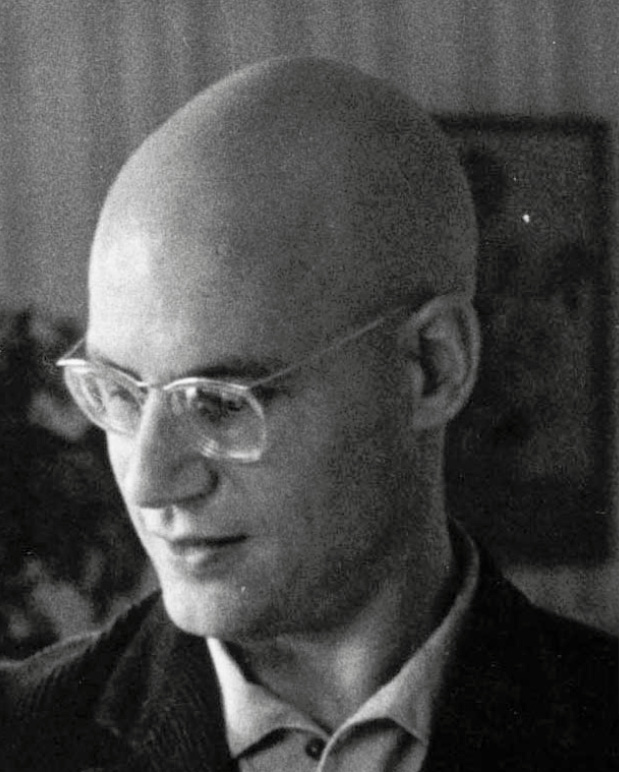
1958-1971
Grothendieck completely reshaped the foundation of algebraic geometry and its methods, by creating a new framework of objects defined by polynomial equations. It became possible, with the development of these new tools, to bring algebraic geometry significantly closer to number theory. In the 1960-1967 period, he wrote the first four chapters of "Éléments de Géométrie Algébrique", together with Jean Dieudonné.

1962-1992
Michel, the first physicist to be recruited, was one of the first to promote the use of group theory in physics. He worked on the symmetry of the laws of nature, on particle theory and on the unification of fundamental interactions. He then focused on crystallography.
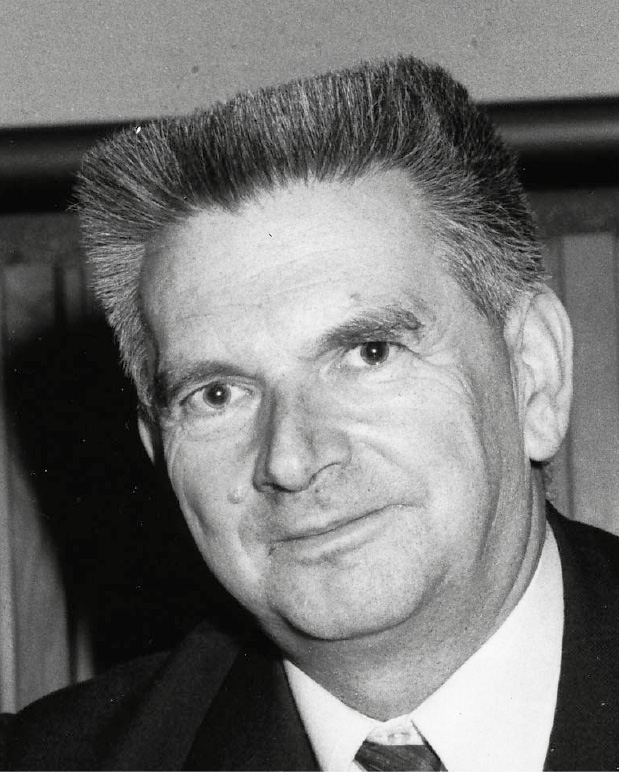
1963-1990
Having made major contributions to differential geometry and topology, Thom created a “mathematics of morphogenesis”, putting forward models for biology and also for human sciences. He covered a huge area of science and also turned his attention to linguistics and philosophy.

1964-2000
Ruelle, emeritus professor since 2000, has made many major and lasting contributions to quantum field theory statistical mechanics, as well as to the theory of dynamical systems. He focuses especially on the problem of linear response in differentiable dynamical systems, and its applications to non-equilibrium statistical mechanics.
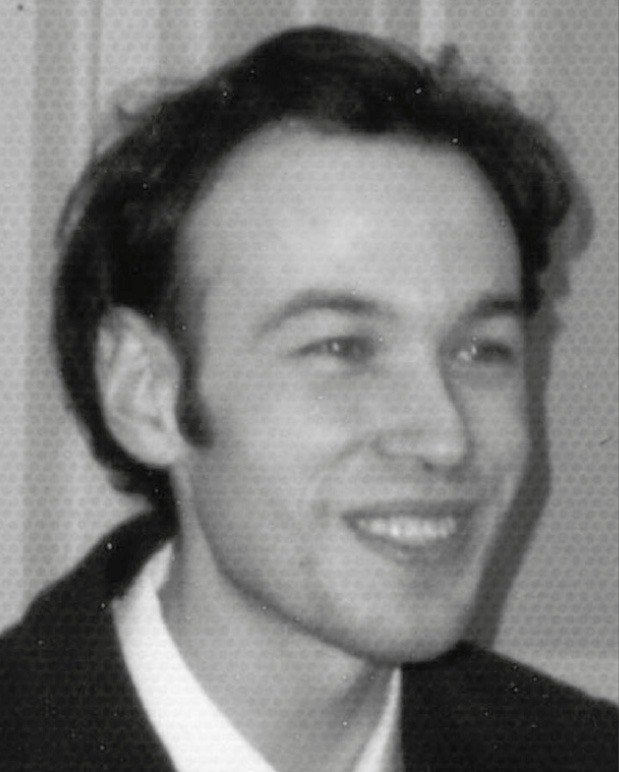
1970-1984
Deligne was very young when he was appointed permanent professor. He continued to shape algebraic geometry by developing a deep understanding of the part played by cohomology theories in the study of algebraic varieties. He also proved Weil’s conjecture (Riemann hypothesis over finite fields).
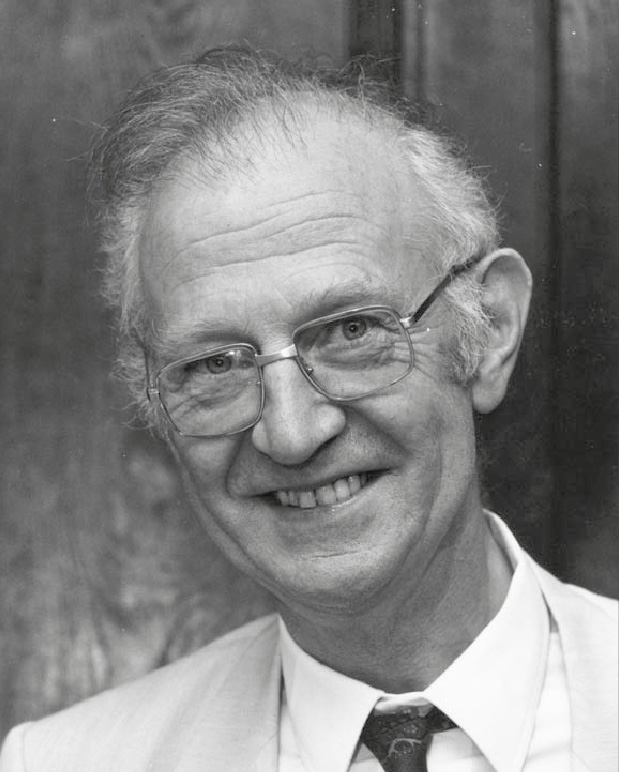
1971-1985
Kuiper, a Dutch mathematician, showed a pronounced preference in his research for topology and geometry in many forms, from immersion theory to dynamical systems and from flexahedron theory to taut immersion.

1974-1997
Sullivan created algebraic models for topological spaces and contributed to the study of dynamical systems, and of a topological approach to hydrodynamics.
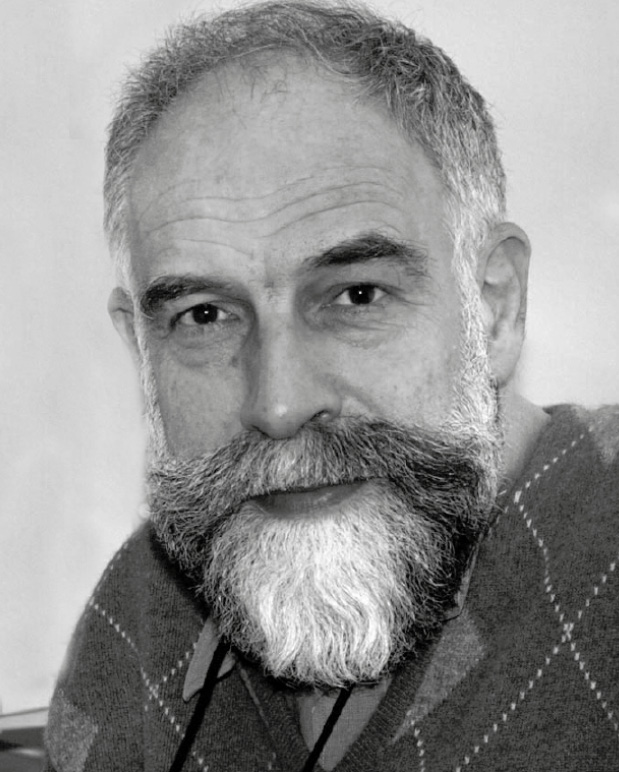
1978-1982
Fröhlich worked mainly on quantum field theory. He also worked on the precise treatment of models of statistical mechanics, on theories of phase transition, on the fractional quantum Hall effect, and on non-commutative geometry.

1979-...
Connes, emeritus professor since 2017, is a specialist in the theory of von Neumann algebras. After pioneering contributions on operator algebras, he developed an ambitious program aimed at founding a “non-commutative geometry”.

1982-1989
He worked for seven years on the theory of dynamical systems, applying concepts arising from renormalization group theory to these systems. He turned his attention to computer-assisted demonstrations and was responsible for IHES acquiring computer equipment for the first time.

1982-2015
Gromov, emeritus professor since 2015, has totally reshaped geometry. He has shown how important it was to take into account systematically and in their entirety objects that are less regular than those normally considered by geometers.

1985-1994
A wide spectrum Riemannian geometer, Berger is especially known for his ¼-pinching sphere theorem, which became one of the starting points for global geometry.
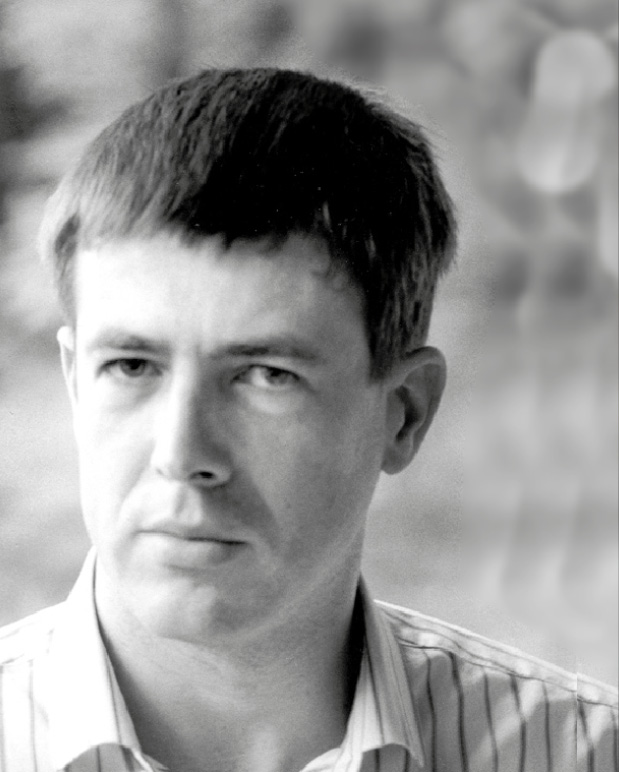
1985-1993
He worked mainly on the ergodic theory of numbers and partial differential equations.

1988-...
Damour is an Einstein specialist and works on the theory of general relativity, cosmology and the new gravitation concepts suggested by the unification of general relativity and quantum theory defined by string theory.

1994-2013
Bourguignon, emeritus professor since 2013, holds an engineering degree from Ecole Polytechnique and a PhD in mathematical sciences. His area of research is differential geometry, especially its links to partial differential equations and mathematical physics.

1995-...
Kontsevich belongs to a new generation of mathematicians who have been able to incorporate aspects of quantum theory into their area of work, opening up radically new perspectives. On the mathematical side, he has drawn on the systematic use of known algebraic structure deformations and on the introduction of new ones that turned out to be relevant in many other areas, with no obvious link.

2000-...
Lafforgue’s research follows the Institute’s traditional focus on algebraic geometry. His work represents a major advance in the “Langlands program”, a group of very deep conjectures which link up harmonic analysis, Galois theory and algebraic geometry – within an arithmetic framework.
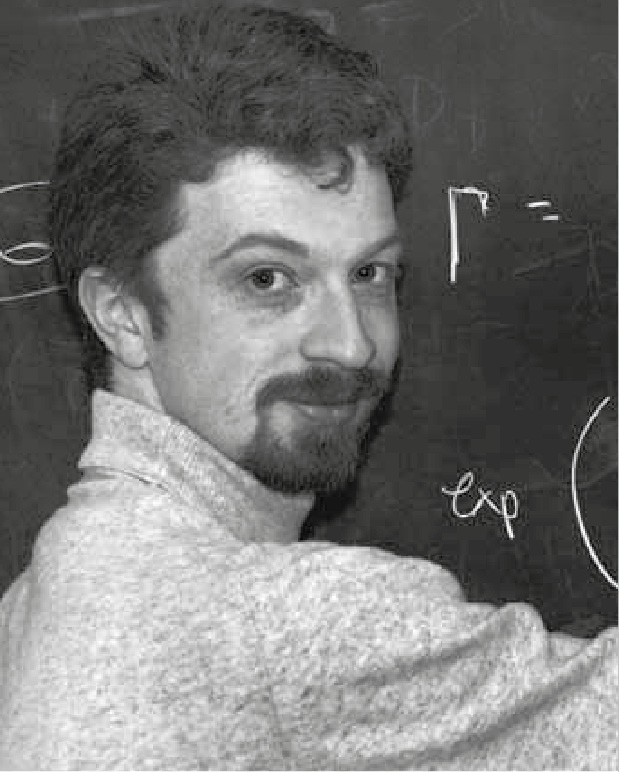
2000-2013
Nekrasov, a string theory specialist, is best known for his research at the interface of gauge theory and string theory and on modern mathematical physics, thus enriching all these areas of research.

2013-...
His area of research is algebraic geometry and arithmetic. He is an alumnus of École Normale Supérieure de Cachan (class of 1985) and graduated as a Doctor of Mathematics from Université Paris-Sud (1992).

2014-...
Pestun’s research is in the field of quantum field theory and string theory. He studies the dynamics of strongly coupled supersymmetric gauge theories and conformal field theories in various dimensions.
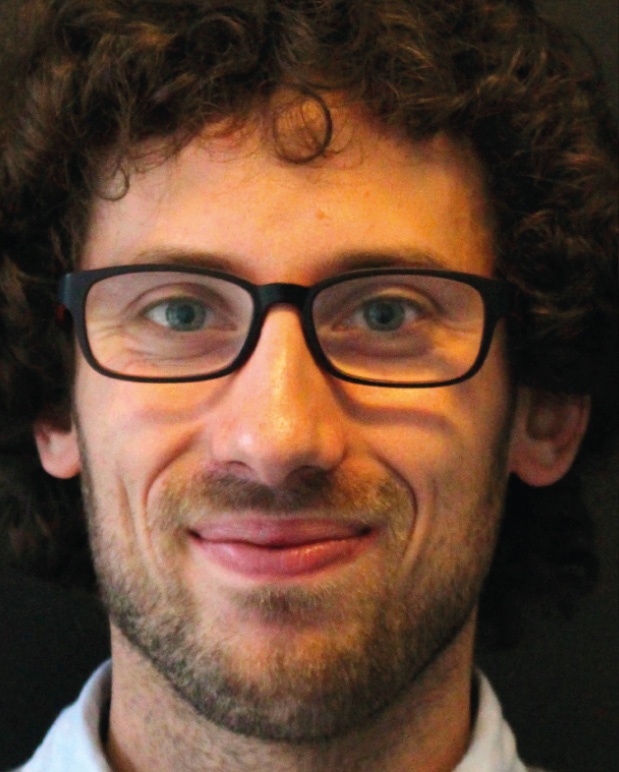
2016-...
Duminil-Copin works on statistical mechanics models such as percolation, the Ising model, the Potts model in 2 and 3 dimensions and random walks in random environments. His research is also relevant to mathematical physics, complex analysis, and combinatorics. In addition, he makes significant contributions to statistical physics.

2017-...
Rychkov works on strongly coupled quantum and conformal field theories which are not exactly solvable, with applications to high energy physics, statistical and condensed matter physics.


